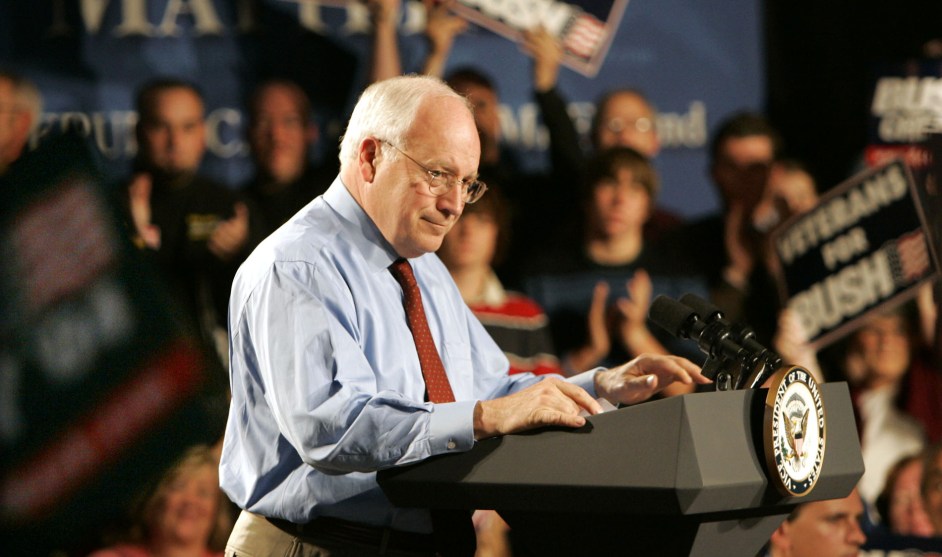
Texas Gov. Greg AbbottBob Daemmrich/ZUMA
The absurdity of the Republican Party’s culture wars has reached new heights. A slew of GOP-led state legislatures are enacting new laws that ban teaching “critical race theory” an academic framework that has become the latest conservative boogeyman.
Do you want to learn about racism, discrimination and privilege? Well, Republicans are trying to make it really hard to do so with a slew of bills designed to muzzle educators. In Texas, House Bill 3979 would limit how teachers talk about current events and historic racism in their classrooms. It also bans schools from teaching the 1619 Project, a New York Times endeavor which investigates US history starting with the year the first slaves were brought to what would become the United States. After some political maneuvering, the controversial bill appears to be headed to Republican Gov. Greg Abbott’s desk.
But in Oklahoma, where a critical race theory ban has taken place, the effects have already been chilling. Melissa Smith, an adjunct professor at Oklahoma City Community College, recently learned her race and ethnicity course had been “paused” for the summer. “Our history of the United States is uncomfortable and it should make us uncomfortable and we should grow from that,” Smith said in an interview with the Washington Post. But the community college has stated that since the new law “essentially revokes any ability to teach critical race theory, including discussions of white privilege” Smith’s curriculum would need substantial changes.
Other Republican-run states like Tennessee and Idaho have enacted similar bans. The rush to ban schools from teaching students about the realities and horrors of how race functions in this country is a response to the major upheaval of last year. Not only did the murder of George Floyd spur massive racial justice protests across the street, Donald Trump lost the 2020 presidential election. These events were helped, in part, by a new understanding of racism and white supremacy in America, the very ideas the Republican Party is trying to ban. The GOP is handling defeat not by moderating its views or crafting concrete policy—instead, the so-called party of freedom is trying to silence speech.

















